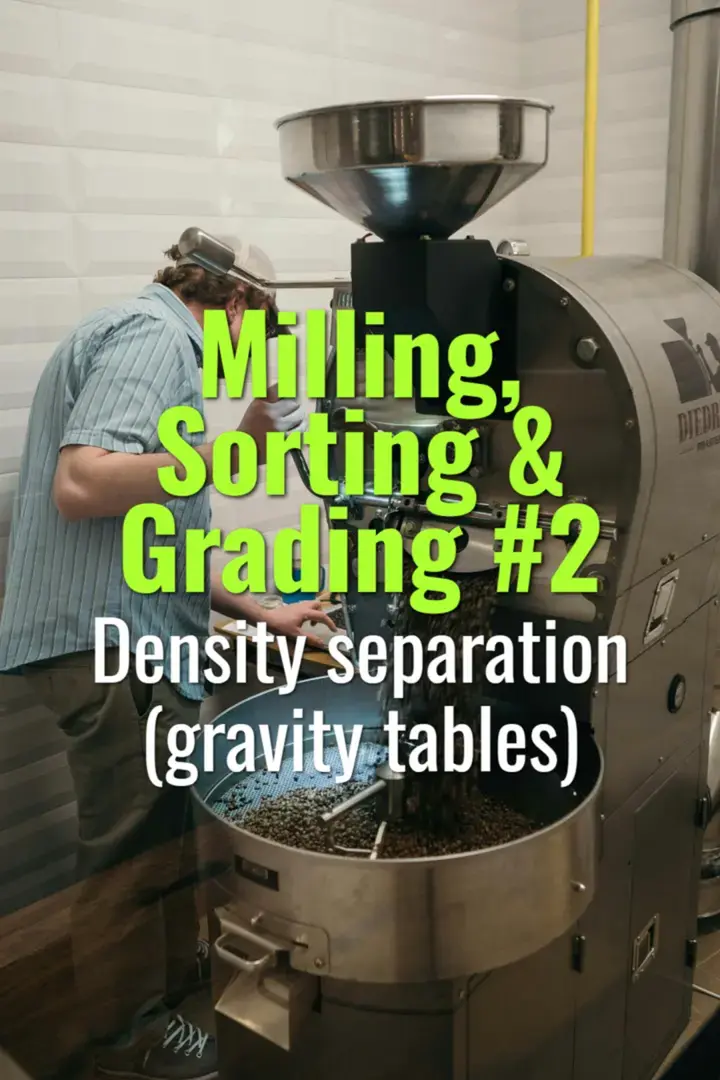
Density separation (gravity tables)
This topic explains how density separation using gravity tables is applied in coffee milling, why it matters for quality, and how it improves uniformity and market value.

This topic explains how density separation using gravity tables is applied in coffee milling, why it matters for quality, and how it improves uniformity and market value.
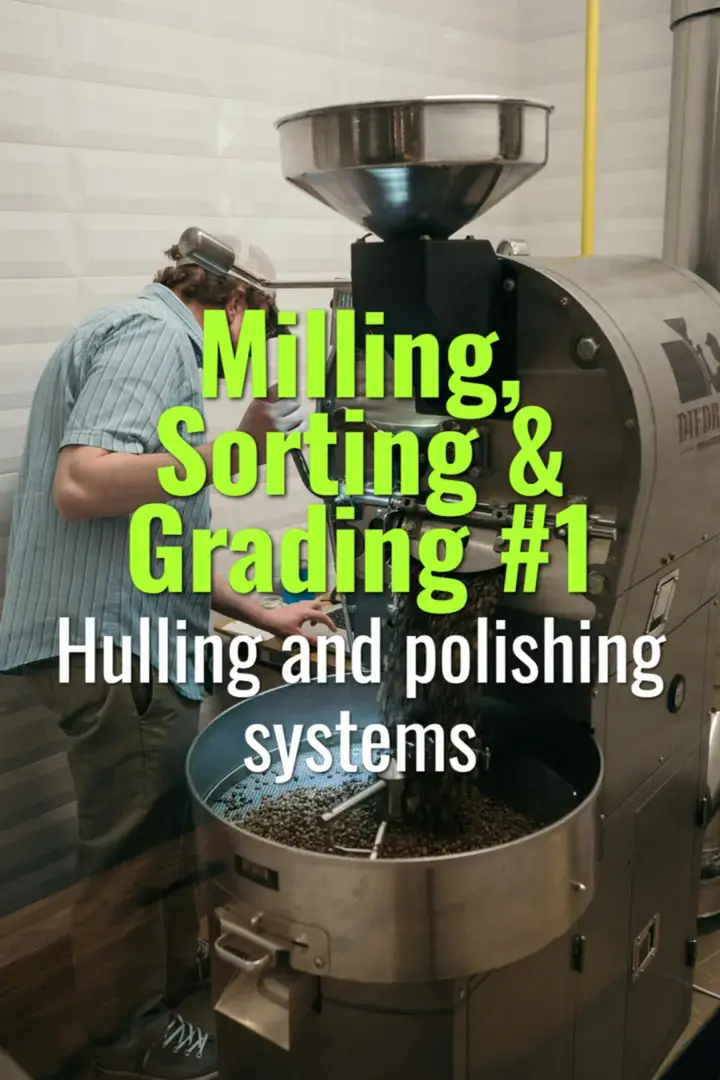
This topic explains how coffee is hulled and polished during dry milling, the types of equipment used, and how these steps influence bean quality, appearance, and market acceptance.
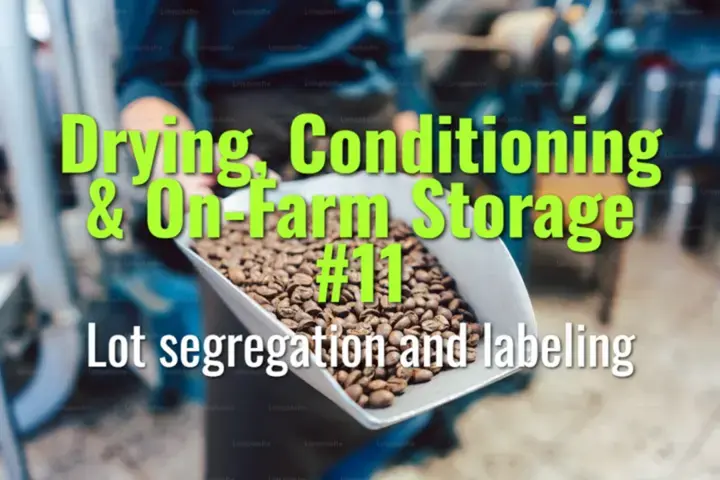
This topic explains how lot segregation and labeling are managed in coffee drying and storage, why they are essential for traceability, and how they impact quality consistency and market value.
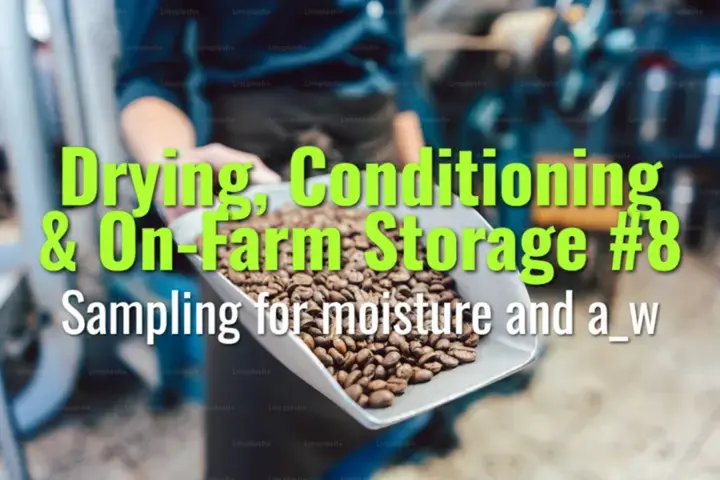
This topic explains how to properly sample coffee for measuring moisture content and water activity (a-w), why representative sampling is critical, and how these tests ensure stability and quality.
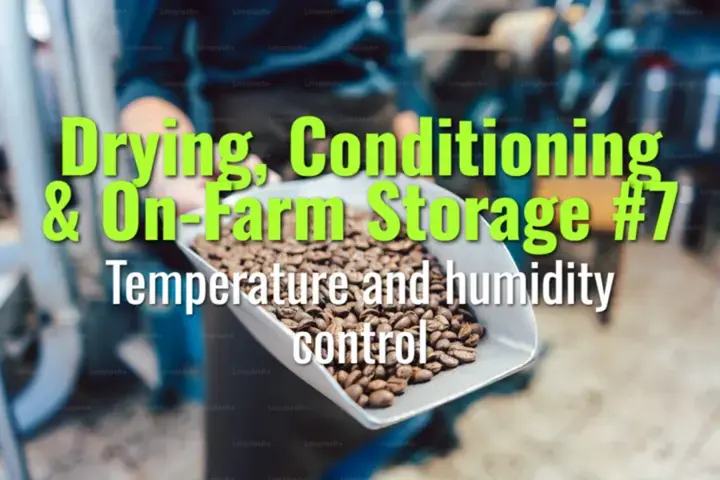
This topic explains how controlling temperature and humidity in coffee storage preserves quality, prevents defects, and ensures stability until export or roasting.
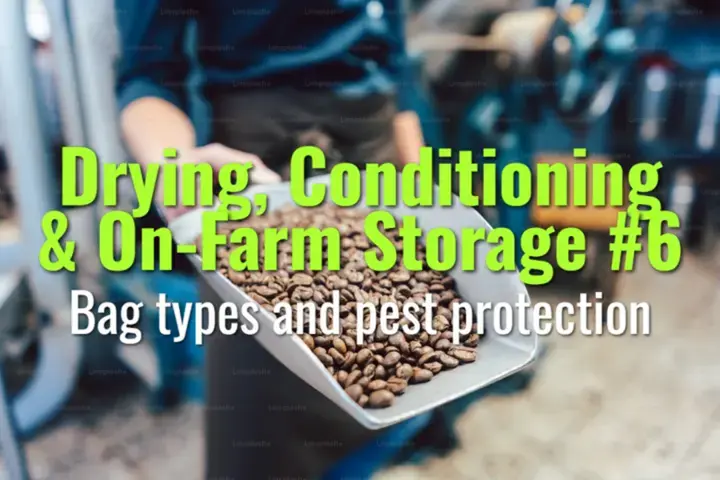
This topic explains the different bag types used for storing coffee in parchment or green form, their strengths and weaknesses, and the best practices for protecting against pests during storage.